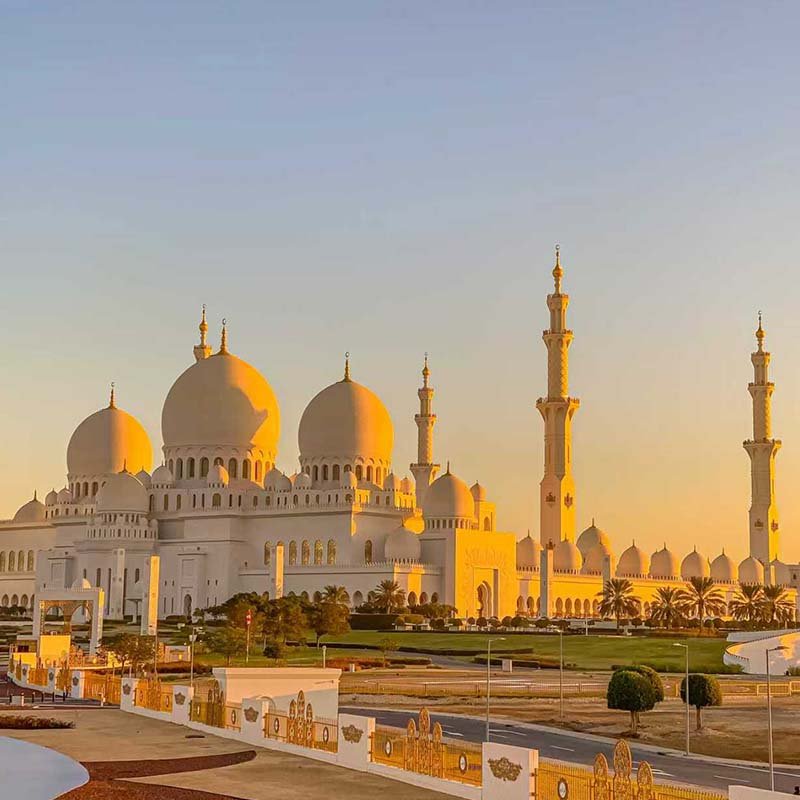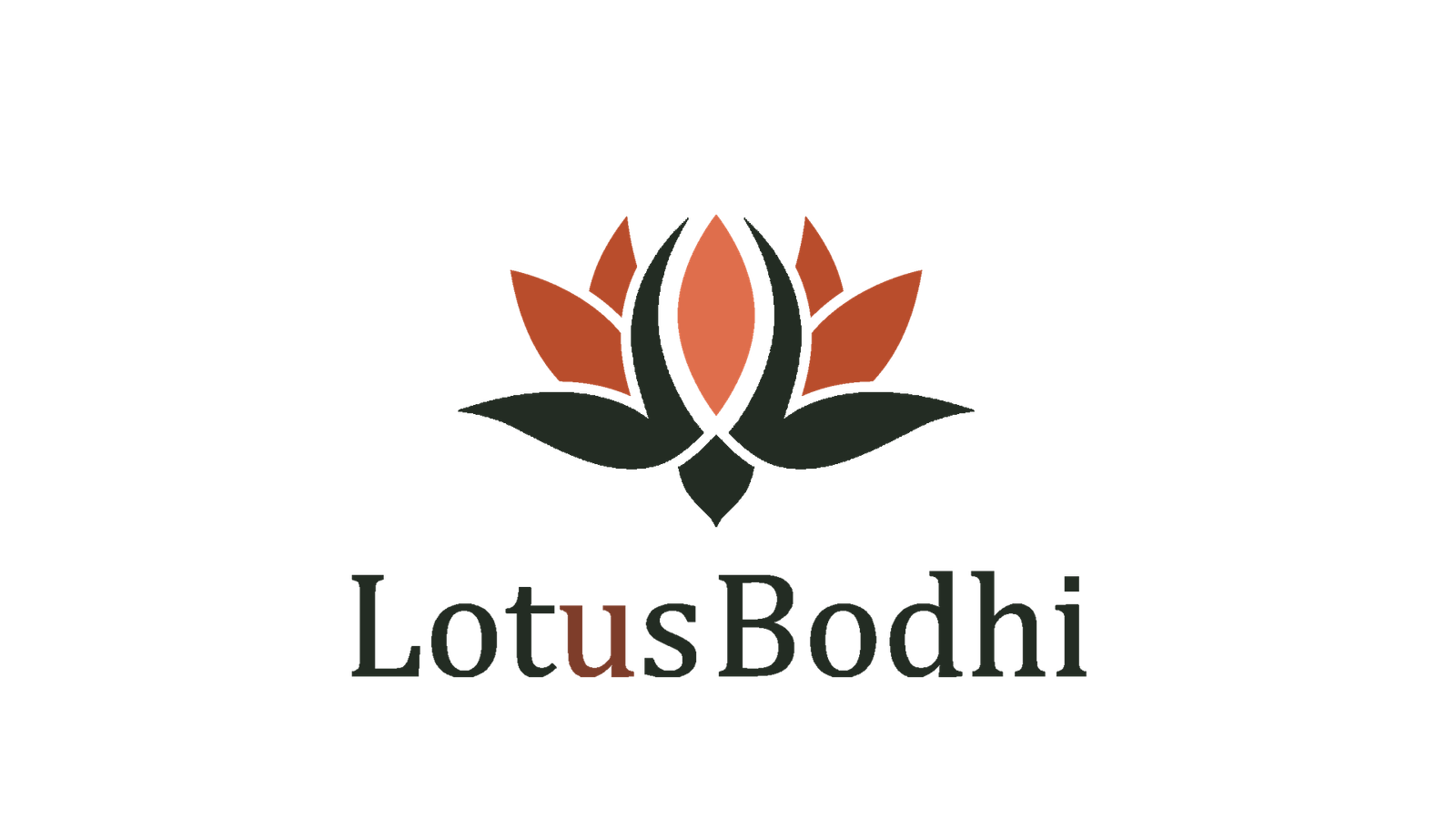Gold Hits 2,942/Ounce! Indian Wedding Jewelry Sales Plunge 70%—Can De Beers Survive Its 2B Diamond Inventory Crisis?
In 2025, as gold prices smashed through the all-time high of $2,942 per ounce, the global jewelry market was caught in a “tale of two extremes”: wedding gold sales in India collapsed, while diamond giants grappled with sky-high inventory. This chain reaction, triggered by precious metal price volatility, is reshaping the value logic of the jewelry industry.
I. Gold’s Unrelenting Surge: From Hedge Haven to Consumption Freeze
The dramatic rally in international gold prices has completely upended consumer purchasing decisions.

1. Two Key Drivers of Gold’s Rally
Dual shocks from policy and geopolitics: Trump’s tariff policies + heightened tensions in the Middle East have fueled gold’s strongest rally since the 2008 financial crisis;
Supporting data: COMEX gold futures have risen by over 6%year-to-date, with April gold futures on the New York Mercantile Exchange (NYMEX) briefly breaking through $2,859 per ounce.
At this point, gold has shifted from a “safe-haven asset” to a “luxury good”—and India, a market heavily dependent on gold, has been hit the hardest.
2. India’s Wedding Season: A "Collapse" in Gold Consumption
Brick-and-mortar struggles: The owner of “Golden Palace” jewelry store in Bangalore revealed that the customer conversion rate has dropped from 50% to just 25%;
Industry data: The All India Gems and Jewellery Domestic Council (GJC) reports that wedding season gold jewelry sales have plummeted by 70%-80%year-over-year;
Consumption downgrade responses: A growing number of households are abandoning traditional 22K gold, opting instead for lower-purity gold or artificial jewelry.

3. Structural Shift: Jewelry Consumption Gives Way to Investment Demand
A World Gold Council (WGC) report highlights a critical trend:
Gold jewelry consumption in India fell by 6%;Investment in gold bars and coins, however, surged by 8%;Core change: Consumers are shifting from “emotional consumption” to “hedging demand.”
4. The "Same Divide" in China’s Market
Q1 2025 financial results from Lao Feng Xiang (a leading Chinese jewelry brand) confirm this trend:
Revenue fell by 64%year-over-year, with gold jewelry sales dropping by 26.85%;
On the flip side: Gold ETFs rose by over 30%, and shares of upstream mining companies hit daily limit-ups for consecutive sessions.
Analysts’ take: When gold prices exceed psychological thresholds, its “jewelry attribute” is overshadowed by its “investment attribute,” pushing the consumer market into a phase of stagnation.
II. Diamond Giants’ Inventory Crisis: A $2B Make-or-Break Dilemma
While the gold market cools, the diamond industry faces an even more severe existential challenge—with De Beers’ predicament being the most striking example.
1. Record Inventory: $2B Becomes a "Heavy Burden"
Key data: By the end of 2024, the value of De Beers’ inventory had climbed to $2 billion, its highest level since 2008;
Emergency response: De Beers plans to cut 2025 diamond production by 10 million caratsand shut down Lightbox (its lab-grown diamond brand), exiting the segment entirely.
2. Three Root Causes of the Inventory Crisis
Shrinking demand: Global marriage rates continue to decline, dealing a heavy blow to diamonds’ core consumption scenario (weddings);
Competitive pressure: Lab-grown diamonds are 7% cheaperthan natural diamonds, and brands like Blue Nile have ramped up promotions—diverting mid-to-low-end customers;
Shifting mindsets: Gen Z prioritizes “self-pleasure consumption” and no longer buys into the traditional narrative of diamonds as a symbol of “eternal value.”
3. Defensive Moves: De Beers’ "Contraction Strategy"
High-end focus: Redirecting resources to high-value diamonds, with average selling prices (ASP) rising by 3%to $152 per carat;
Cost-cutting: Slashing expenses by $100 millionthrough its “Source Strategy”;
Hidden risk: Natural diamonds’ market share has fallen from 85%(2020) to 68% (2025), as lab-grown diamonds continue to cut prices to gain market share.
III. Market Restructuring: The Jewelry Industry’s Value Framework Is Being Reset
The volatility in gold and diamond markets is essentially a reshaping of the industry’s value assessment system—and new trends are emerging across different markets.
1. India’s Market: The Rise of "Dual Substitution"
Gold substitutes: Sales of 18K gold and gold-plated jewelry have grown by 40%;
Diamond substitutes: Moissanite is capturing market share with its cost-effectiveness;
Industry innovation: India’s Titan Company has launched “modular jewelry”—allowing consumers to disassemble gold components for resale after weddings, balancing tradition with practicality.
2. America’s Market: Widening Polarization
Mid-to-low-end pressure: Pandora has warned of $31 million(≈200 million Danish kroner) in losses from tariffs in 2025;
High-end resilience: Brands like Cartier saw sales grow by 17%;
WWD White Paper conclusion: The market is splitting into two camps—”emotional investment” (high-net-worth individuals buying rare pieces) and “practical consumption” (the mass market choosing affordable, personalized designs).
3. Implications for Consumers and the Industry
Gold: Beware of volatility—the WGC predicts gold prices may fluctuate between 3,250 per ounce in 2025;
Diamonds: Watch for end-of-year clearance discounts from De Beers, which could offer unprecedented deals.
(2) Industry Transformation Directions
As “scarcity” ceases to be the sole selling point, design innovation, cultural storytelling, and sustainability will become the new competitive focus.

Conclusion: The Jewelry Industry’s Ultimate Question
At the 2025 market crossroads, the “tale of two extremes” for gold and diamonds is not just a result of price cycles—it’s a sign of generational change in consumption. As Gen Z votes with their wallets and emerging markets redefine value, this age-old industry is forced to answer: Between hedging demand and emotional expression, what is the true value of jewelry?
